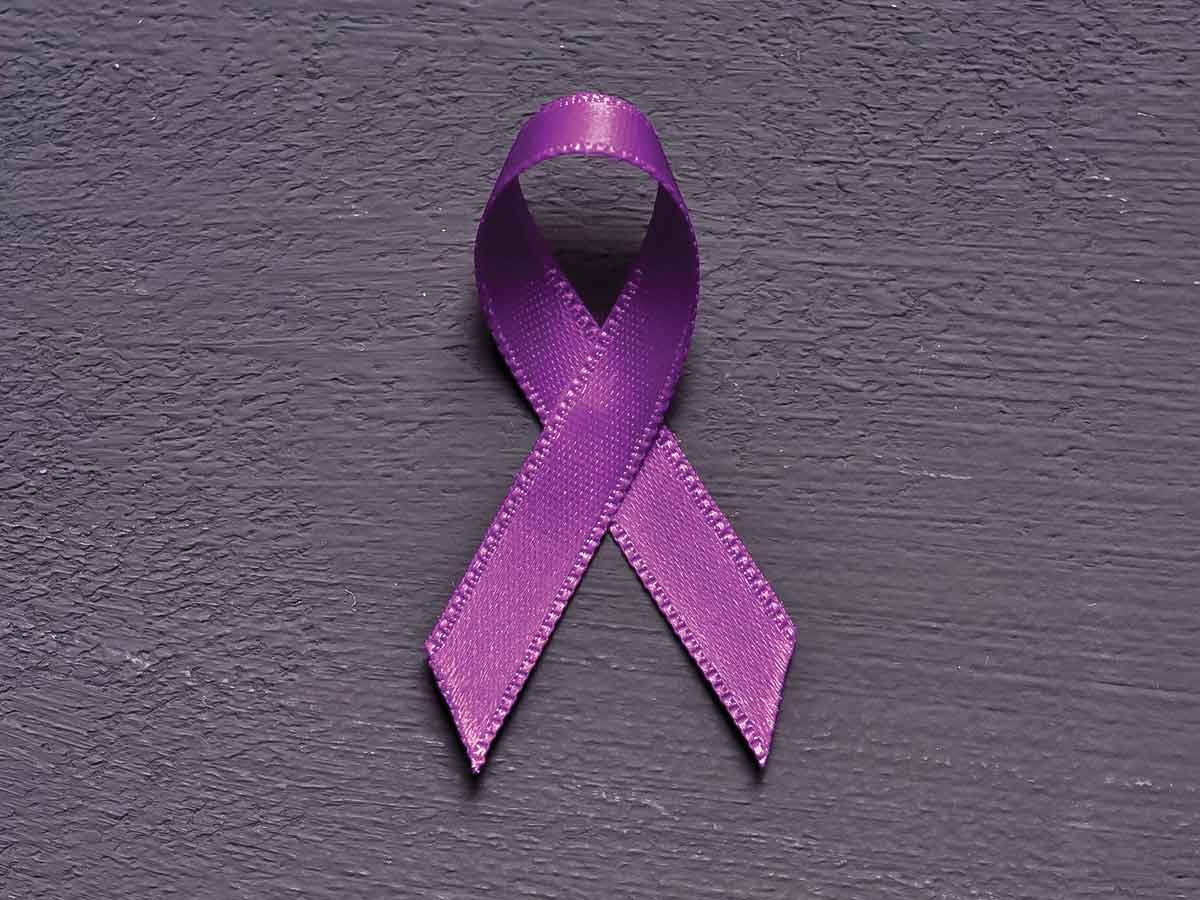It takes a village: Strong collaborative partnerships support victims in WNC

In 1978, there were all of two shelters in North Carolina for survivors of domestic violence, rape and sexual assault and their children. Today there are over 100, working collaboratively to support victims of interpersonal violence and sexual assault, many of which receive funding from the money allocated through the Violence Against Women Act.
This legislation aims to protect women and children through the dissemination of preventative grants to domestic violence shelters, advocacy centers and law enforcement with the goal of preventing crimes against women and children and funding resources for victims of crime.
“Grant funding allows all these groups to provide services, which allow my office to have more successful prosecution and make sure that women and children or victims have the services they need,” said District Attorney Ashley Hornsby Welch.
In Western North Carolina, The Thirtieth Judicial District Alliance is one such organization. A nonprofit organization established in 1999 to serve victims of violence in the seven far western counties, the alliance has experienced the benefits of funding provided through the Violence Against Women Act. VAWA, effectively in place for almost 30 years, has provided funding to support programs that are working with victims of violence under the categories of domestic violence, sexual assault, dating violence and stalking.
The Alliance has received more than six million dollars in VAWA grant funds to address specialized populations that include victims with disabilities, elder abuse, financial exploitation victims, legal assistance for victims, rural victims of crime, children and youth exposed to violence and a specialized prosecution team supporting victims of domestic violence and sexual assault.
“The importance of these grant funds lies in the resources that we can provide to victims of violence in our communities,” said Lynn Carlson, Alliance Executive Director. “Not only can we provide court and victim advocacy, but we are able to offer evidence based mental health services in conjunction with animal assisted therapy for children and youth witnessing violence.”
Related Items
All funds the alliance receives from The U.S. Department of Justice are competitive. The alliance must compete with programs across the United States to earn a grant award. Grant funding for most programs runs for three years, and it is not unusual to have overlapping funds from different sources. In any given year, the alliance may be receiving $600,000 to $1 million in funding.
“We compete for more than just VAWA grants, which is the Office on Violence against Women under the U.S. Dept of Justice,” said Sue Fowler, Director of Grant Management for the alliance. “Also, under USDOJ is VOCA funding, through the Victims of Crime Act, which funds our North Carolina Governor’s Crime Commission Grants to include immigrant victims of crime, elder victims, veterans with disabilities, and children and youth exposed to violence; BJA (Bureau of Justice Assistance), which funds our School Safety project; and OJJDP (Office of Juvenile Justice and Delinquency Prevention) which funds our Opioid Affected Youth Initiative.”
The success of the VAWA grant programs within far Western North Carolina lies in the collaborative nature of each of the projects. There are multiple partners that assist the Alliance in increasing and strengthening its effectiveness. These include law enforcement, the Office of the District Attorney, the REACH programs that offer advocacy and emergency shelter, KARE as a child advocacy center, Haywood County government, Mountain Projects Senior Resource Center and faith-based communities in the area.
For the Alliance, 98% of its funding comes from federal grants under the U. S. Department of Justice and from grant awards through the North Carolina Governor’s Crime Commission. According to Carlson, the impact of the VAWA reauthorization is significant for the victim service agencies and collaborating organizations in reaching out and supporting victims of crime.
“We provide victim advocacy which helps with basic needs,” said Fowler. “Protection in conjunction with law enforcement, court advocacy and support during court proceedings, animal assisted therapy, evidence-based treatment for children and youth who have been exposed to violence, elder victims of abuse and financial exploitation. VAWA also supports training efforts with law enforcement, community programs, other victim service providers and prosecution related services.”
In a rural area like Western North Carolina, pooling resources is vital to provide a strong continuum of services to victims, says Fowler. It is necessary for domestic violence shelters and advocacy centers to work together.
If the alliance has a victim of domestic violence, they may need the services of Legal Aid to secure a protection order, they may need the services of REACH for emergency shelter and possible court advocacy. If there is a child involved that has been abused, KARE Child Advocacy Center can provide a forensic interview and/ or a medical exam. When there is court involvement, prosecutors from the Office of the District Attorney assist. Law enforcement can assist with police reports and safety issues.
The alliance provides assistance along the continuum for victims with advocacy, resources, treatment for children and youth, therapy and linkage to community programs. All of these can be provided in English and in Spanish as the alliance employs four bilingual staff.
“It takes all of the organizations to assist one victim in a comprehensive manner,” said Fowler. “We are fortunate to have strong collaborative partnerships in Haywood County.”









